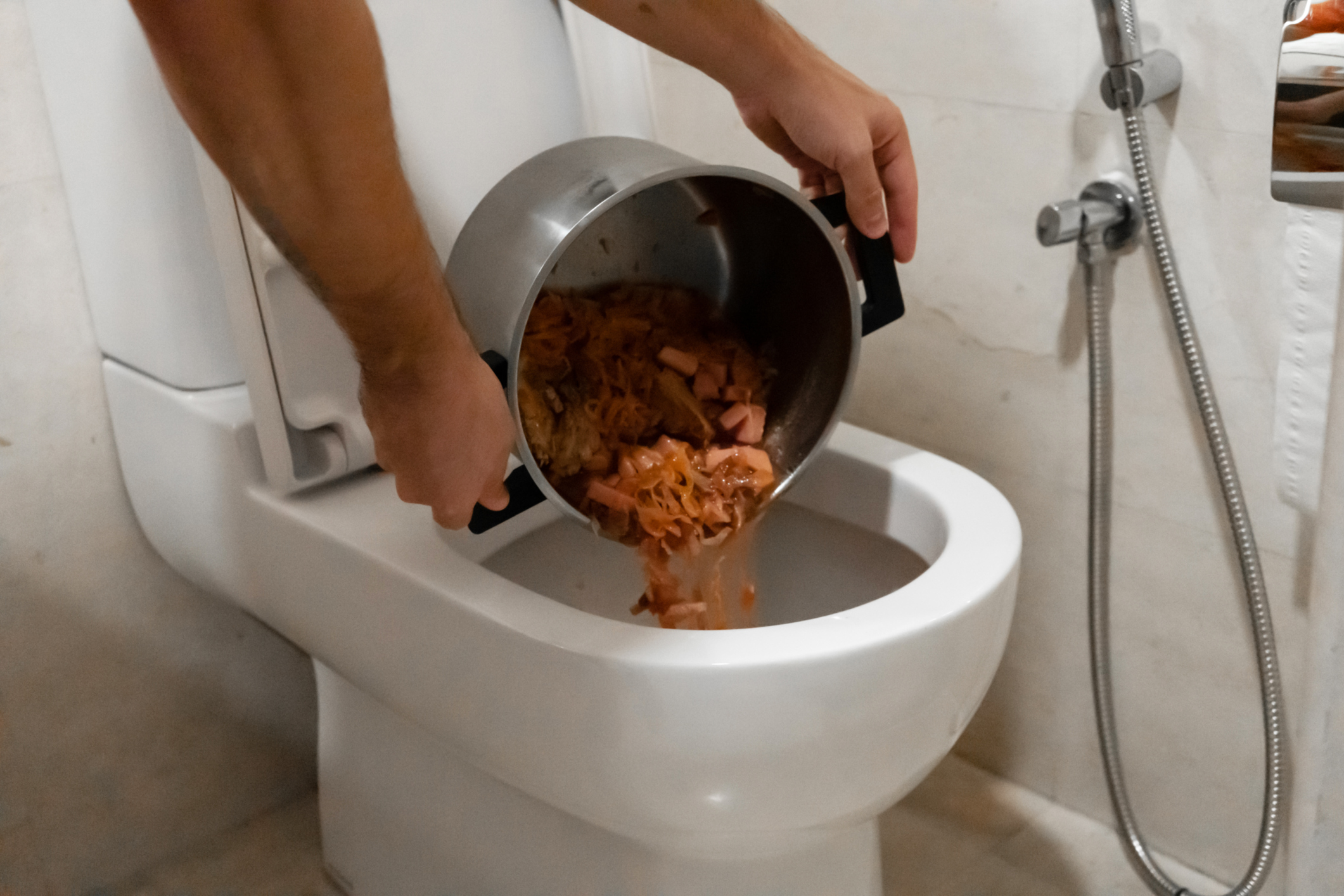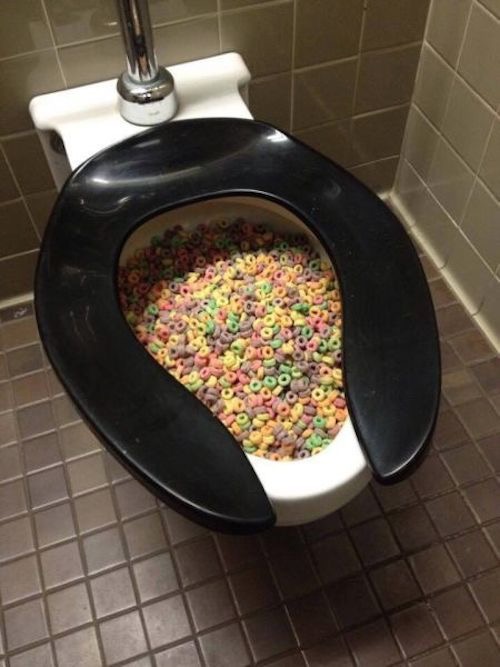Can You to Flush Food in the Toilet?
Can You to Flush Food in the Toilet?
Blog Article
This article in the next paragraphs relating to Is it safe to flush food (especially rice) down the toilet? is quite remarkable. Don't overlook it.

Intro
Many people are usually faced with the dilemma of what to do with food waste, particularly when it pertains to leftovers or scraps. One typical concern that arises is whether it's fine to purge food down the toilet. In this post, we'll explore the reasons why people may think about flushing food, the consequences of doing so, and different methods for appropriate disposal.
Reasons people might take into consideration purging food
Lack of understanding
Some individuals might not know the possible damage caused by flushing food down the commode. They may erroneously believe that it's a safe method.
Ease
Purging food down the bathroom might seem like a quick and easy service to disposing of unwanted scraps, especially when there's no nearby trash bin readily available.
Idleness
In many cases, people might merely pick to flush food out of large laziness, without thinking about the consequences of their activities.
Repercussions of flushing food down the commode
Ecological impact
Food waste that ends up in rivers can add to pollution and damage marine ecosystems. Furthermore, the water made use of to purge food can stress water resources.
Pipes problems
Flushing food can bring about clogged up pipes and drains, triggering pricey pipes fixings and aggravations.
Types of food that must not be purged
Coarse foods
Foods with fibrous textures such as celery or corn husks can get tangled in pipelines and cause obstructions.
Starchy foods
Starchy foods like pasta and rice can take in water and swell, causing clogs in pipelines.
Oils and fats
Greasy foods like bacon or cooking oils ought to never ever be purged down the toilet as they can strengthen and trigger blockages.
Proper disposal approaches for food waste
Making use of a waste disposal unit
For homes furnished with garbage disposals, food scraps can be ground up and purged via the plumbing system. Nevertheless, not all foods appropriate for disposal in this way.
Recycling
Specific food product packaging products can be reused, reducing waste and decreasing environmental influence.
Composting
Composting is an environment-friendly method to throw away food waste. Organic products can be composted and utilized to improve soil for gardening.
The relevance of appropriate waste management
Decreasing environmental injury
Correct waste monitoring practices, such as composting and recycling, assistance lessen contamination and preserve natural deposits for future generations.
Securing plumbing systems
By avoiding the method of flushing food down the commode, home owners can prevent pricey plumbing repair work and maintain the stability of their plumbing systems.
Verdict
To conclude, while it might be alluring to purge food down the bathroom for convenience, it is very important to recognize the possible consequences of this activity. By adopting appropriate waste monitoring techniques and taking care of food waste sensibly, people can add to healthier plumbing systems and a cleaner setting for all.
FLUSH FOOD DOWN THE TOILET?
FLUSHING FOOD CAN CAUSE BLOCKED DRAINS IN YOUR HOME
All of the plumbing fixtures in your home are connected to the same sewer pipe outside of your home. This outdoor sewer pipe is responsible for transporting all the wastewater from your home to the Council sewer mains. Even small pieces of food that go down the kitchen sink can cause problems for your sewer. It should therefore be obvious that flushing larger bits of food, such as meat, risks a clog in either the toilet itself or the sewer pipes. Flushing greasy food is even more problematic because oil coagulates when it cools, coating the interior lining of your pipes.
THE TOILET IS NOT A BIN
Food isn’t the only thing that people shouldn’t be flushing down the toilet. People use the toilet to dispose of all kinds of things such as tampons, makeup wipes, dental floss, kitty litter and even underwear. Water goes to great lengths to educate residents about the high costs and stress placed on wastewater treatment systems simply from people flushing the wrong stuff down the toilet. It costs taxpayers millions of dollars each year, and homeowners thousands in blocked drain repairs.
FLUSHING FOOD IS A WASTE OF WATER
Flushing food is a waste of our most precious resource - water. In June this year Level 1 water restrictions were introduced to protect water supply from drought conditions. Much of New South Wales continues to be affected by prolonged drought with recent figures revealing up to 97 per cent of the state remains in drought. Depending on whether you have a single or dual flush toilet, every single flush uses between five and 11 litres of water. In the current climate this is a huge amount of water to be wasting on flushing food that should be placed in the bin (or better yet, the compost).
https://www.jabplumbingsolutions.com.au/blog/can-you-flush-food-down-the-toilet

As a passionate person who reads about What Can Happen If You Flush Food Down the Toilet?, I thought sharing that piece of content was smart. You should take a moment to share this write-up if you liked it. I am grateful for being here. Don't forget to visit our blog back soon.
Visit The Following Page Report this page